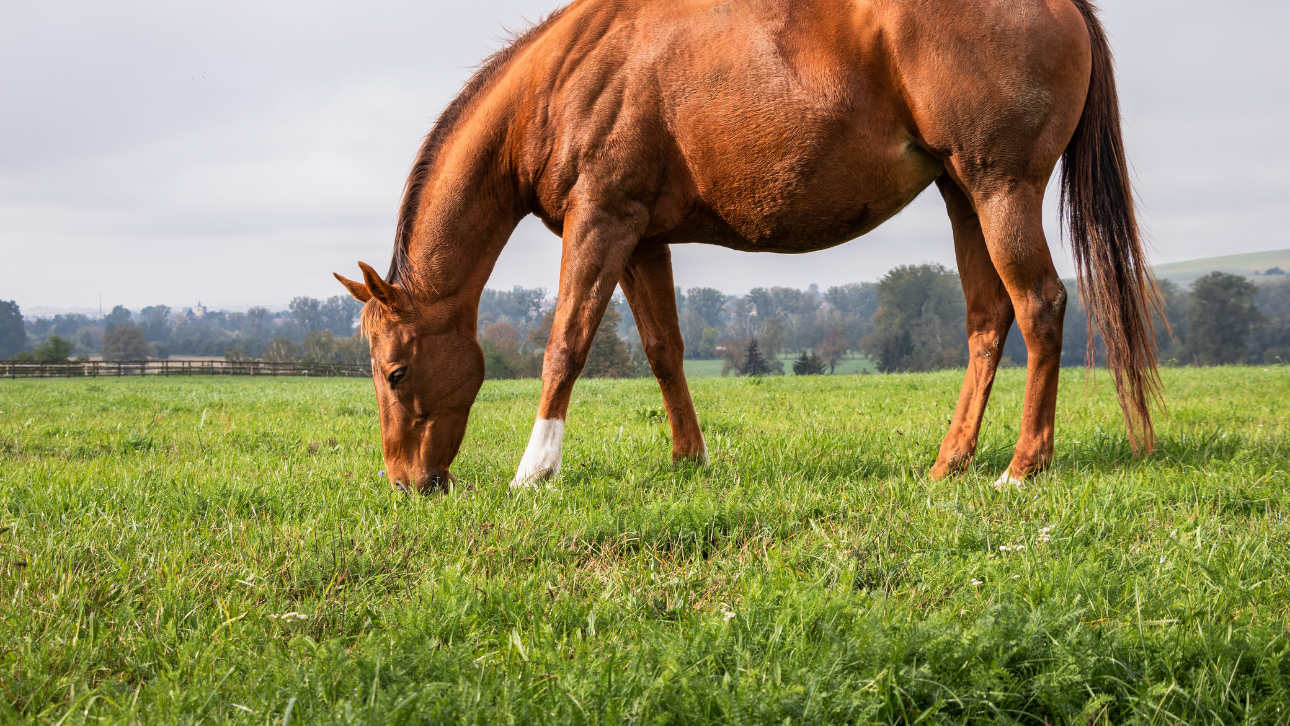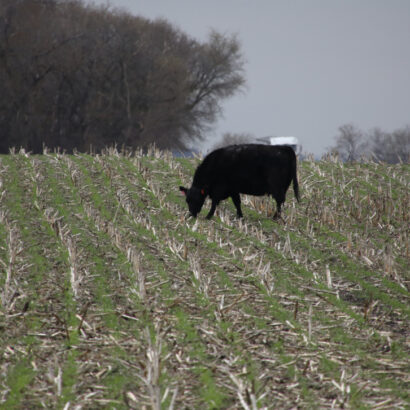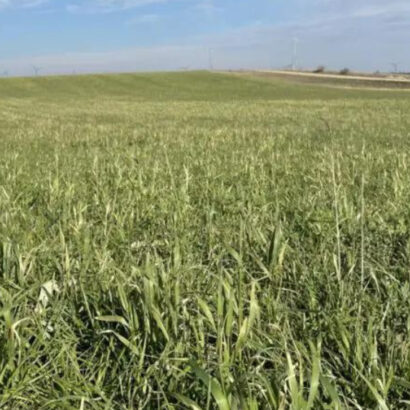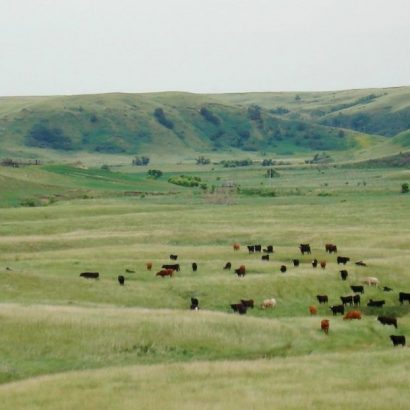Creating an ideal pasture for horses goes beyond merely providing a green space for grazing. It involves cultivating a balanced, nutritious, and sustainable environment that supports horse health and well-being. A well-thought-out pasture mix brings many benefits – including nutritional advantages to soil health improvements.
One of the primary benefits of a mixed-species pasture is the wide range of nutrients it provides. Each grass species has its unique nutritional profile, offering varying levels of proteins, fibers, vitamins, and minerals. For instance, Timothy is known for high fiber content, while Forage Kentucky Bluegrass and Forage Perennial Ryegrass provide a great energy source. This diversity ensures that horses receive a balanced diet, catering to their nutritional needs.
A mix of different grasses also enhances the pasture’s resilience against environmental stressors like drought, flooding, and temperature fluctuations. For example, Crested Wheatgrass and Paiute Orchardgrass exhibit strong drought tolerance, which helps maintain a green pasture during dry spells. Similarly, Forage Perennial Ryegrass and Forage Kentucky Bluegrass can tolerate wetter conditions better than other species. This resilience ensures a consistent supply of forage regardless of conditions – reducing the need for supplemental feeding.
The root systems of varied species will also contribute significantly to soil health. Deep-rooted grasses like Meadow Brome and Crested Wheatgrass help improve soil structure and water infiltration, while the dense roots of Kentucky Bluegrass and Perennial Ryegrass form a sod and can prevent soil erosion. Together, these species contribute to a healthier soil ecosystem, promoting the availability of nutrients and enhancing the pasture’s overall sustainability. And keep in mind that horses tend to graze very close to the ground, which can be detrimental to some grasses, so it is important to select species that can tolerate close grazing from horses.
Diverse pastures are less susceptible to pest infestations and weed outbreaks. The variety of grasses can outcompete many common weeds, reducing the reliance on chemical herbicides. And, specific pests tend to prefer certain grass species. So, by diversifying the pasture mix, the overall risk of a serious pest problems is reduced.
By carefully selecting species with different growth cycles and tolerances, it’s possible to provide year-round grazing opportunities. For example, Timothy and Meadow Brome have different peak growth periods. Planting them together will ensure that when one species is not at its optimal growth, the other will provide adequate grazing. This not only benefits the horses with a consistent forage supply, but also helps in managing the pasture’s health by preventing overgrazing of any single species.
Incorporating a mix of different grasses into horse pastures offers a holistic approach to equine nutrition and pasture management. This strategy not only ensures that horses have access to high-quality forage, but also promotes a sustainable and resilient agricultural practice. By understanding and leveraging the unique benefits of these grass species, horse owners can create persistent, healthy pastures that enables horses to thrive.
With all this in mind, our experts at Renovo created a versatile, sustainable, and high-quality blend of grasses that is tailored to meet equine nutrition needs. Check out our Select Horse Pasture Mix or call us at 605.627.1901 to learn more about the mix.




Discussion
0 Comments